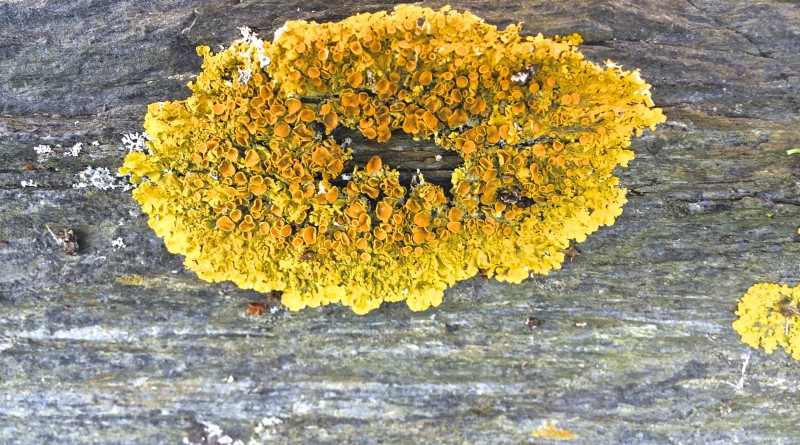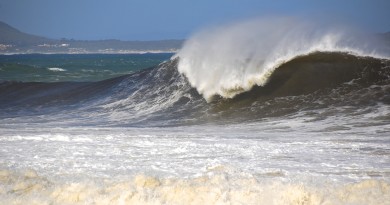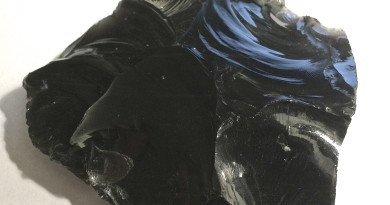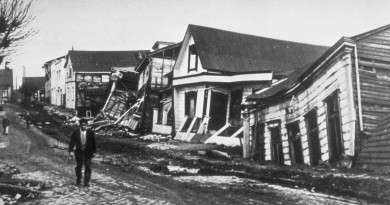Dating Landslides with Lichen
Most of us have seen splotchy lichens clinging to rocks, trees and maybe even the ground, but did you know that you can date landslides with lichens?
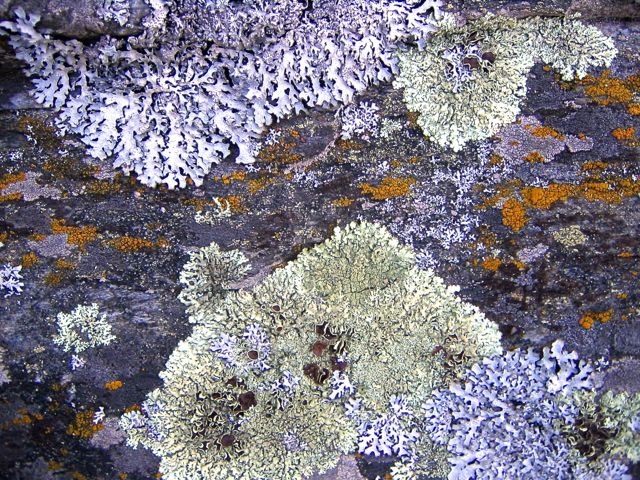
While we can appreciate how unusual these life forms look, it’s not obvious that they are not a single organism but rather a colony of very different life forms. A lichen is not just a plant, a fungus, or bacteria, rather it may consist of a complex intertwining of any one of these organisms. A lichen has the capacity to photosynthesize, grow, survive a flight into space, and even live inside the pore spaces of rocks.
Lichenometry
One of the more useful things that can be done with lichens is to capitalize on their growth rate to date geologic events like landslides. This approach is called lichenometry.
Lichens grow only .5 to 1.5 mm per year and some varieties grow that much in 30 years. Therefore, by measuring the diameter and type of the largest lichen on rocky surfaces, you can determine the age of the lichen and therefore the number of years the rock surface has been freshly exposed to the elements.

This technique has been used to date historic earthquakes that may have caused landslides. By measuring a number of lichens in a particular location and averaging their age, an estimate can be made of the date of the earthquake that caused the landslide. This is useful for dating earthquakes that happened prior to the advent of modern instruments like seismometers, and many events that occurred hundreds of years ago have been dated using lichens.
There is an additional benefit to using lichens in dating historic earthquakes and that lies in the regional coverage that this method provides. If the size of the area that was disturbed by an earthquake is determined through lichenometry, then an estimate of the degree of shaking can be made (Mercalli Intensity) as well as the magnitude of the event.
Lichenometry can also be used for dating glacial retreat due to climate change, changes in lake levels, and prehistoric floods. Essentially, any event that causes the exposure of ground to the elements so that new lichens can grow is a candidate for this methodology.
Lichens Many Other Uses
While lichens are a relatively new tool in geologic applications, there have been numerous uses of lichens by humans for centuries. Ethnolichenology is the study of how humans have used lichens in making dyes, in medicine and even as a food.

Some very colorful dyes are derived from lichens such as Xanthoria parietina, which is featured in the headline image. And, although the lichen exhibits a yellow color, when soaked in ammonia it releases a bright red to burgundy color.
The use of lichens in traditional medicine is extensive in many cultures. There are numerous examples of how traditional Chinese and Indian medicine capitalize on some varieties to treat a multitude of illnesses. Other folk medicines have used lichens for cold, arthritis, fever, cough, and even tuberculosis among other ailments. More recent research has suggested antibiotic, antiviral, antibacterial and even anti-tumor activity is present in lichens.
Not all lichens are beneficial, though, and just as one has to be careful with eating hand-picked mushrooms, you also have to known your lichens. The wolf lichen is particularly poisonous and was used to make poison arrows by early Native American Indians. Another species, the Dictyonema huarorani from the Ecuadorian Amazon is said to be a strong hallucinogen and is used by the Waorani tribe.
More recently, lichens are indicators of climate change and air pollution. So when the lichen population starts to disappear, it’s usually a warning sign of changes in the environment.

